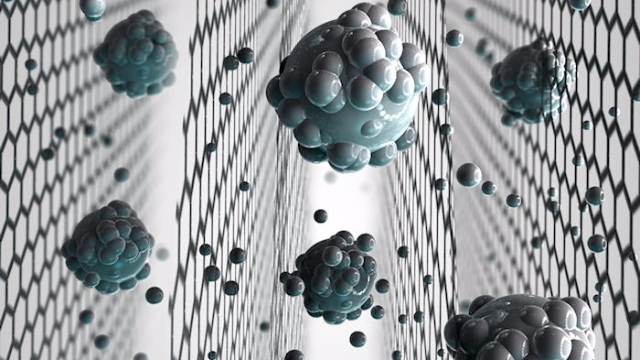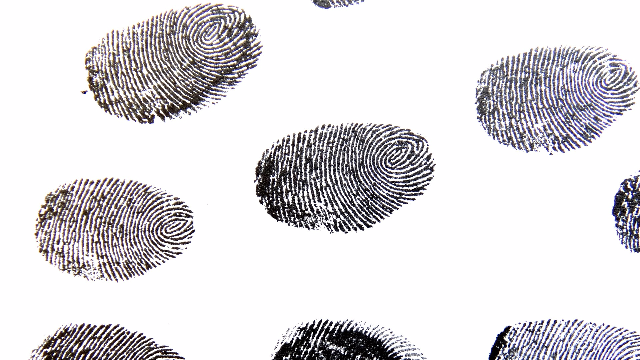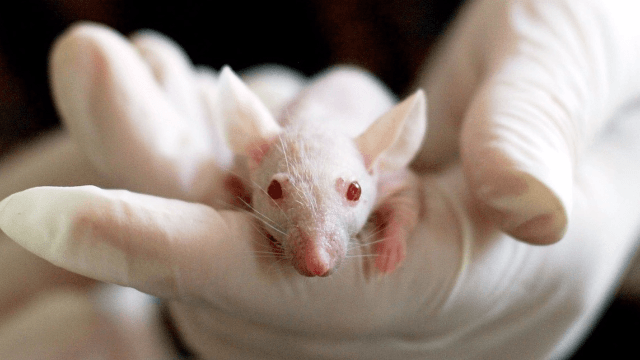7 of the Most Exciting Advances in Applied Sciences in 2017

Graphene sieve turns seawater into drinking water

Graphene-oxide membranes had already demonstrated the ability to filter out small nanoparticles, organic molecules and large salts. However, until now they couldn’t separate common salts so, they were not effective as a desalination technology. A team from The University of Manchester has developed the technology further and are now able to precisely control the size of the pores in the membrane.
常见的盐溶解在水中时,shell’ of water molecules is formed around them. This molecular feature is what allows the tiny capillaries of the graphene-oxide membranes to block the salt from flowing along with the water. Water molecules can pass through the membrane barrier and flow anomalously fast which is ideal for application of these membranes for desalination. This research demonstrates the real-world potential of this technology for providing clean drinking water for millions of people who struggle to access adequate clean water sources.
Read the full storyhere.
New rapid test identifies wildfire taint in wine grapes

Researchers have devised a new, rapid analytical test to precisely and accurately measure the amount of volatile phenols – compounds absorbed by grapes when exposed to smoke that can impact wine flavour – that are present in the fruit prior to wine production.
The technique can also be applied to wine post fermentation and ageing which could help winemakers determine whether wines have enough smoky compounds to match their desired flavour profile after ageing in smoked barrels.
Read the full storyhere.
Fingerprint test detects cocaine use

In this new method, fingerprints are taken from subjects on chromatography paper as part of a technique known as paper spray mass spectrometry. When someone has taken cocaine, they excrete traces of benzoylecgonine and methylecgonine as they metabolise the drug, and these chemical indicators are present in fingerprint residue. Importantly, the traces can still be detected even after hand-washing.
It is anticipated that this technology could see the introduction of drug tests for law enforcement agencies to use within the next decade.
Read the full storyhere.
Hazardous substances in fast-food wrappers tracked through the body
A timely new method has now been developed that enables researchers to radiolabel three forms of PFASs and track the fate of these chemicals when they enter the body. The method is less time consuming than previous mass-spectrometry based methods.
Researchers have consequently been able to identify which PFASs accumulate and in which organs, revealing some surprising results. The authors say there are health implications far beyond this initial study. Even with very small changes in the compounds, researchers were able to see differences in brain uptake, which can have important neurological impacts.
Read the full storyhere.
Portable mass spectrometer could help forensic investigations

The new technology incorporates a process called “microlithography” on ceramic and glass plates to miniaturize the ion traps used in traditional mass spectrometry. The space between the plates, where the action happens, is less than a millimeter wide enabling the ion trap to be a hundred times lighter and smaller than a conventional one.
This development opens the doors to a myriad of possible applications. Some of the suggested uses include explosive detection in airports and on-site forensic investigations where rapid turn-around is imperative.
Read the full storyhere.
Chronic disease risk is influenced by the type of sugar we consume

Female rats were given glucose, fructose or plain water, as a control, alongside their normal diet for eight weeks and their health monitored. Researchers found that rats supplied with sugar solutions unsurprisingly consumed more calories than the control group, and total calorie intake of the glucose-fed rats was higher than the rats that were given fructose. However, surprisingly only the fructose group exhibited a significant increase in final body weight. The fructose group also showed more markers of vascular disease and liver damage than the glucose group. These included high triglycerides, increased liver weight, decreased fat burning in the liver (a factor that can contribute to fatty liver) and impaired relaxation of the aorta, which can affect blood pressure.
Read the full storyhere.
New materials could turn water into fuel

To enable this exciting work, researchers combined computational and experimental approaches by first mining a materials database for potentially useful compounds, screening it based on the properties of the materials, and then rapidly testing the most promising candidates using high-throughput experimentation.
Scientists now have 12 new potential photoanodes for making solar fuels to take forward, and a new materials discovery pipeline to facilitate future discoveries.
Read the full storyhere.
What have been the most amazing advances for you this year? Get in touch to let us know.





